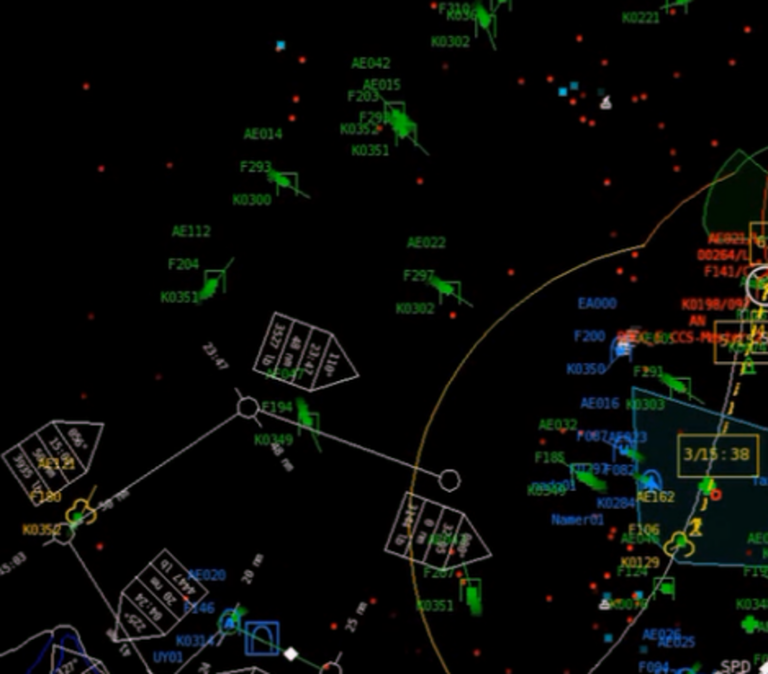ADCCS
Air Defense Command and Control System
fire command and
control
integration of
various systems
customized
modularity
increases
efficiency
- High operational availability and survivability
- State-of-the-art technologies
- Full Link-16 integration
- Improves overall surveillance coverage with current sensors
- Provides Full National situational awareness
- Enables efficient utilization of all air and ground assets
Air Defense Command and Control System

Basic characteristics
ADCCS Modular capabilities
- Multi Sensor Tracking (MST) – Air Situation Picture (ASP)
- Rockets and ballistic missiles air picture generation
- ID Engine – Recognized Air Picture (RAP)
- ESM integration
- Mission and Battle Management
- Optimized Sensor Management (OSM) Application
- Safety Net
- Link 16 functionality and interoperability
- Training & simulation
- Recording & debriefing
Redundancy
- As required by the very nature of the system, survivability is a key feature in the system.
- For this reason, the system includes 3 levels of Redundancy:
- In site redundancy
- Redundancy between sites
- Architecture Redundancy
System Capabilities
- Tracking: more than 2,000 targets (upgradable by even order of magnitude)
- High Input data rate (more than 2,000 messages/sec)
- Hight Track update rate (1-2 seconds)
- Large number of inputs from various categories (radars, IFF, self-report, ADS-B, etc.).
- Multiple links and interfaces
Ballistic Missiles Picture Generation
- Classification of the specific missile type (e.g. SCUD)
- Accurate calculation of the Launch Point (LP)
- Accurate extrapolation of Impact Point (IP)
- Used for intercept decision and Civil defense early warning
